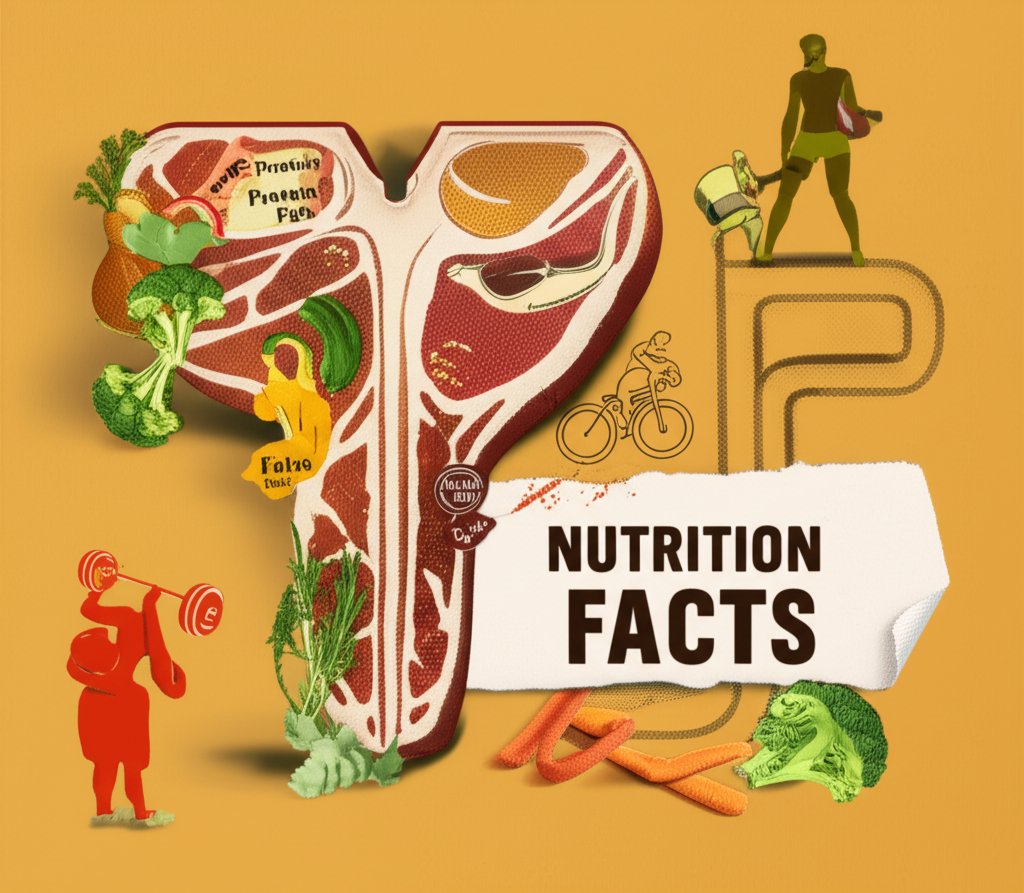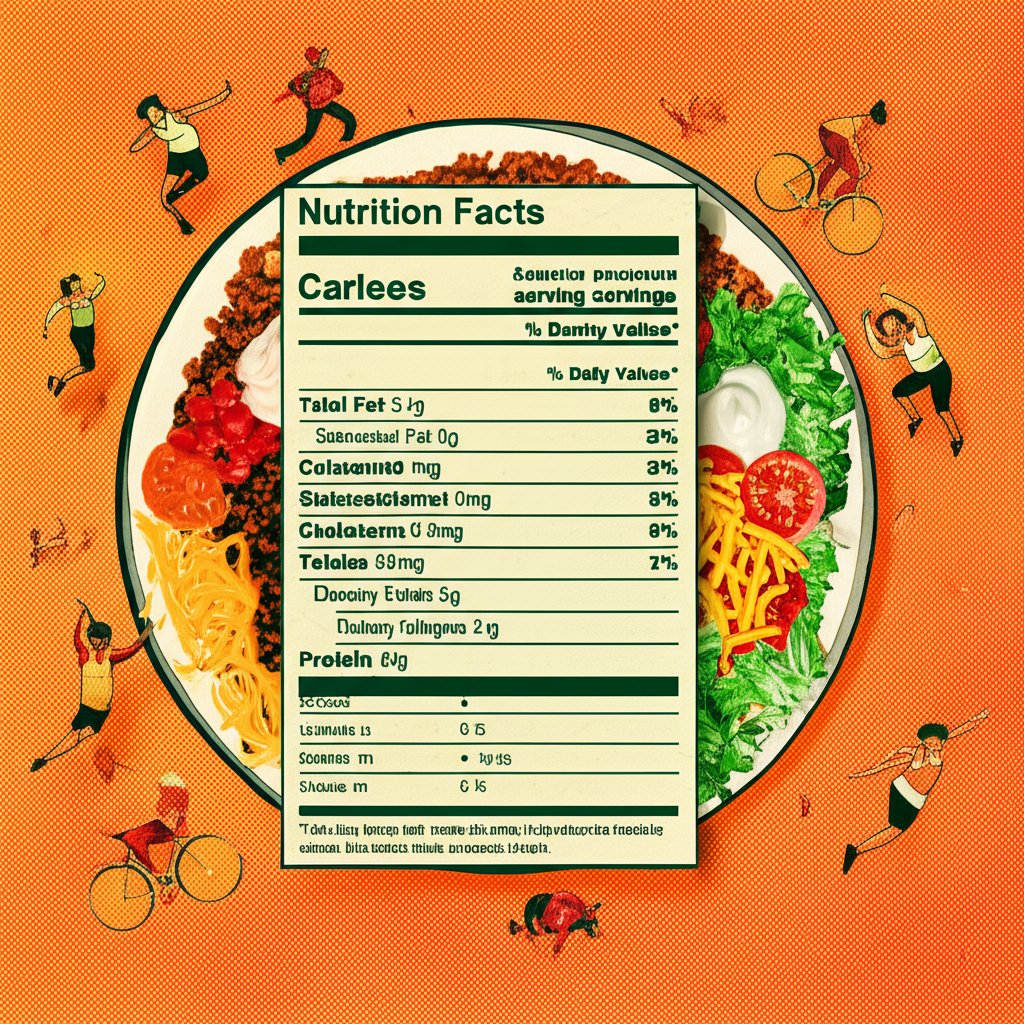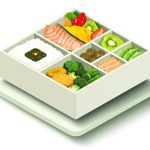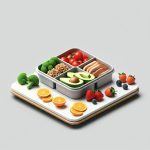Craving a refreshing and seemingly healthy treat? A strawberry banana smoothie might be your go-to. But before you blend up another one, it’s smart to take a closer look at the strawberry banana smoothie nutrition facts to understand what you’re really consuming. This guide breaks down everything from calorie counts and sugar levels to potential health benefits and drawbacks, so you can make informed choices.
At a glance:
- Strawberry banana smoothies can be a good source of vitamins and minerals, especially Vitamin C.
- Commercially prepared smoothies can be high in sugar and calories.
- Homemade smoothies offer more control over ingredients and nutritional value.
- Consider the portion size and added ingredients to keep your smoothie healthy.
- Be aware of potential allergens, especially milk.
Decoding the Strawberry Banana Smoothie: A Nutritional Deep Dive
Strawberry banana smoothies are often perceived as healthy. After all, they contain fruit! However, the actual nutritional profile can vary wildly depending on the ingredients and preparation method. Let’s break down the key components to understand what impacts the overall strawberry banana smoothie nutrition facts.
The Core Ingredients: Strawberries and Bananas
At their heart, these smoothies feature two nutritional powerhouses:
- Strawberries: These berries are packed with Vitamin C, antioxidants, and fiber. They’re relatively low in calories and contribute a natural sweetness.
- Bananas: Excellent source of potassium, Vitamin B6, and fiber. They also provide a creamy texture and natural sweetness, reducing the need for added sugars.
Beyond the Basics: Common Add-Ins & Their Impact
While strawberries and bananas form the foundation, many recipes include additional ingredients that can significantly alter the nutritional landscape. These include:
- Yogurt (Regular or Greek): Yogurt adds protein and calcium. Greek yogurt is a particularly good choice for a protein boost, which can help with satiety.
- Milk (Dairy or Non-Dairy): Milk contributes liquid, calcium, and protein (if it’s dairy milk). Non-dairy alternatives like almond milk or oat milk have different nutritional profiles; almond milk is lower in calories, while oat milk can be higher in carbohydrates.
- Juice: Adding juice, especially fruit juice, can drastically increase the sugar content without adding much nutritional value.
- Protein Powder: A convenient way to increase the protein content, especially for post-workout recovery.
- Nut Butters: Adds healthy fats and protein, contributing to a more balanced smoothie.
- Seeds (Chia, Flax): Excellent sources of fiber, omega-3 fatty acids, and antioxidants.
- Sweeteners (Honey, Maple Syrup, Sugar): These drastically increase the sugar content and should be used sparingly, if at all.
- Ice: Used to thicken the smoothie without adding calories.
Navigating Commercial Smoothies: A Calorie and Sugar Minefield?
Store-bought smoothies often contain significantly more calories, sugar, and additives than homemade versions. Wawa’s 16 oz Strawberry Banana Smoothie, for example, clocks in at a hefty 450 calories with 115 grams of carbohydrates, according to their nutrition facts. While it boasts 130% of the daily value for Vitamin C, it also packs 80 grams of sugar! That’s more than you’d find in many sodas.
McDonald’s, on the other hand, offers a small (12 oz) Strawberry Banana Smoothie at 190 calories with 44 grams of carbohydrates and 39 grams of sugar. While lower than Wawa, it still contains a significant amount of added sugar coming from the Strawberry Banana Fruit Base, listed as containing strawberry puree, banana puree, water, grape juice concentrate, clarified demineralized pineapple juice concentrate, sugar, and other additives. It is useful to check T-Bone Steak Nutrition Details when considering this smoothie.
Understanding Macronutrients in a Strawberry Banana Smoothie
Let’s break down the typical macronutrient distribution you might find:
- Carbohydrates: Primarily come from the fruits and any added sweeteners or juices. Contributes to the majority of calories.
- Protein: Varies depending on additions like yogurt, milk, or protein powder. Often relatively low if the smoothie only contains fruit and juice.
- Fat: Usually low unless nut butter, avocado, or full-fat yogurt are added. Fat contributes to satiety and helps absorb certain vitamins.
The Good, The Bad, and The Sugary: A Balanced Perspective

Strawberry banana smoothies can be a healthy and convenient way to get your daily dose of fruits, vitamins, and minerals. However, it’s crucial to be aware of the potential pitfalls and make informed choices.
Potential Benefits: Why Smoothies Can Be Good For You
- Increased Fruit Intake: A delicious way to consume more fruits, contributing to your daily recommended servings.
- Vitamin and Mineral Boost: Strawberries and bananas are rich in Vitamin C, potassium, and other essential nutrients.
- Fiber Source: Bananas and optional additions like chia seeds and flax seeds add fiber, promoting digestive health and satiety.
- Customizable: You can tailor the ingredients to meet your specific dietary needs and preferences. Add protein for muscle recovery or greens for extra nutrients.
Potential Drawbacks: Watch Out for These
- High Sugar Content: The biggest concern with smoothies, especially store-bought ones. Excessive sugar intake can lead to weight gain, blood sugar imbalances, and other health problems.
- Calorie Density: Smoothies can be deceptively high in calories, especially if you’re not mindful of portion sizes and added ingredients.
- Lack of Satiety: Blending fruits breaks down the fiber, which can reduce the feeling of fullness compared to eating whole fruits.
- Ingredient Quality: Store-bought smoothies may contain lower-quality ingredients, artificial flavors, and preservatives.
Spotting Hidden Sugars: Deciphering the Ingredient List
Become a savvy smoothie consumer by carefully examining the ingredient list. Here are some red flags to watch out for:
- Added Sugars: Look for ingredients like sugar, corn syrup, honey, maple syrup, agave nectar, and fruit juice concentrates.
- “Natural Flavors”: This vague term can encompass a wide range of additives, including hidden sugars and artificial ingredients.
- Excessive Fruit Juice: Opt for whole fruits instead of juice to retain fiber and avoid concentrated sugars.
DIY Smoothie Mastery: Crafting a Healthy and Delicious Blend

The best way to ensure your strawberry banana smoothie is truly healthy is to make it yourself. This gives you complete control over the ingredients and nutritional content.
The Perfect Base: Strawberry Banana Ratio
Experiment to find your ideal balance. A good starting point is:
- 1 cup frozen strawberries
- 1/2 frozen banana (freezing enhances the creamy texture)
- 1/2 cup liquid (water, milk, or non-dairy alternative)
Building a Nutrient-Packed Smoothie: Add-In Ideas
- Protein: Greek yogurt, protein powder, nut butter (almond, peanut)
- Healthy Fats: Avocado, flax seeds, chia seeds
- Greens: Spinach, kale (you won’t even taste them!)
- Fiber: Oats, psyllium husk
- Boosters: Ginger (anti-inflammatory), turmeric (antioxidant), cacao nibs (antioxidants)
Sweetness Control: Taming the Sugar Beast
- Use Ripe Fruit: Ripe bananas and strawberries are naturally sweeter, reducing the need for added sweeteners.
- Add a Touch of Spice: Cinnamon or nutmeg can enhance the perceived sweetness without adding sugar.
- Lemon or Lime Juice: A splash of citrus can brighten the flavor and balance the sweetness.
- Stevia or Monk Fruit (Sparingly): If you need extra sweetness, opt for natural, low-calorie sweeteners in moderation.
Smoothie Bowl Magic: A Textural Twist
Transform your smoothie into a satisfying bowl by adding less liquid and pouring it into a bowl. Top with granola, nuts, seeds, and fresh fruit for added texture and nutrients.
Strawberry Banana Smoothie Nutrition Facts: Common Questions Answered
Let’s tackle some frequently asked questions about strawberry banana smoothie nutrition.
Q: Are strawberry banana smoothies good for weight loss?
A: They can be, if made with healthy ingredients and controlled portions. Focus on protein, fiber, and healthy fats to promote satiety and avoid excessive sugar. Be mindful of the calories, especially if you’re consuming them as a meal replacement.
Q: Are store-bought strawberry banana smoothies healthy?
A: Not necessarily. Many commercial smoothies are loaded with added sugars and calories. Always check the nutrition label and ingredient list carefully or just consider Taco Meat Nutrition Information instead.
Q: Can I use frozen fruit in my smoothie?
A: Absolutely! Frozen fruit adds thickness and chill without watering down the smoothie. It’s also a convenient way to keep fruit on hand.
Q: Is it better to use milk or yogurt in my smoothie?
A: It depends on your preferences and dietary needs. Yogurt adds protein and probiotics, while milk provides calcium and hydration. Non-dairy alternatives can be used for those with lactose intolerance or dairy allergies.
Q: How can I make my smoothie thicker?
A: Use frozen fruit, add ice, or include ingredients like chia seeds or oats, which absorb liquid and thicken the consistency.
Beyond the Calories: Maximizing the Nutritional Value
Ultimately, a strawberry banana smoothie can be a nutritious and enjoyable part of a balanced diet, if you make informed choices. By understanding the strawberry banana smoothie nutrition facts and taking control of the ingredients, you can create a delicious and healthy beverage that supports your well-being.
Actionable Steps: Your Smoothie Game Plan
- Read Labels: Scrutinize the nutrition facts and ingredient lists of store-bought smoothies.
- DIY is Key: Prioritize homemade smoothies for maximum control over ingredients.
- Balance Macros: Include protein, healthy fats, and fiber to promote satiety.
- Limit Added Sugars: Use ripe fruit and natural spices to enhance sweetness.
- Portion Control: Be mindful of serving sizes to avoid excessive calorie intake.
- Experiment and Enjoy: Find your favorite combinations and make smoothies a regular part of your healthy lifestyle.
- How Glass Bento Box Containers Make Meal Prep Easier - December 18, 2025
- Why Glass Boxes for Lunch Are Trending for Meal Prep - December 17, 2025
- Bento Box Glass Offers Practical, Eco-Friendly Meal Storage - December 16, 2025










